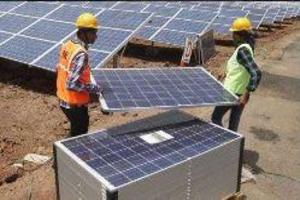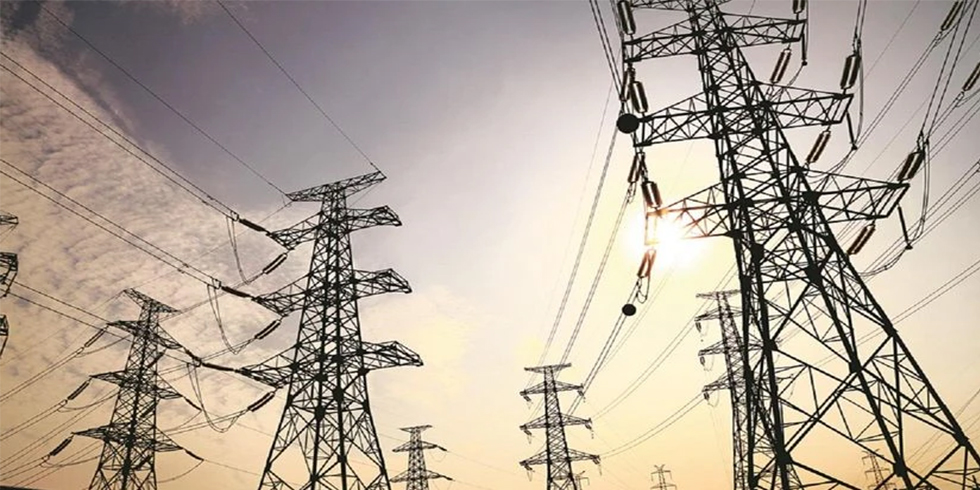With climate change as a major focus during the recent G20 Summit, India emphasized its commitment to implementing the Paris Agreement. The World Bank recently recognized India as a “front runner in the global fight against climate change” with its massive expansion of solar energy.
Although the investment in clean energy is growing in India, the scale of investment does not yet match the over $100 billion needed to achieve India’s clean targets. One promising solution is to create a dedicated green fund for accelerating clean energy investment.
During a BRICS meeting with Brazil, Russia, China and South Africa, Prime Minister Narendra Modi highlighted that “India will implement the agreement in letter and spirit,” stressing the need for global action despite the Trump Administration’s announcement to withdraw from the agreement. The World Bank also acknowledged the strong progress on climate in its piece “Solar Powers India Clean Energy Revolution”, focusing on India’s “sweeping commitment to solar power, innovative solutions and energy efficiency initiatives to supply its people with 24x7 electricity by 2030.”
Motivated by a desire to continue economic growth, create jobs and lift millions out of poverty, while simultaneously combating the threats of energy insecurity and climate change, the Indian government has set an ambitious renewable energy goal of 175 gigawatts by 2022. This year the Indian market has already seen record-low solar (2.44 Rs/$.04 per kWh) and wind (3.46 Rs/$.05 per kWh) tariffs. India has installed over 12 gigawatts of total solar power capacity, with a 370 percent increase in the past three years. This stunning growth in both solar and wind energy has prompted several Indian states to scrap plans to build new coal-fired power plants and announce the cancellation of coal mining projects.
However, according to estimates by the Ministry of New and Renewable Energy, meeting India’s clean energy goals would also require more than $100 billion in investment over the next six years. Where will this money come from? Prime Minister Modi has launched an International Solar Alliance to help drive funding and innovation into solar energy. But public funding alone is insufficient, and private investment has so far been limited to a few highly creditworthy players. A green investment fund, also known as a green bank, can be a key solution to accelerate clean energy growth.
Green investment funds are publicly funded, specialized institutions that finance clean energy projects in partnership with private lenders, both domestic and international. A green investment fund has what private banks lack: a mission to expand clean energy, specialized underwriting expertise in clean technology and access to low-cost public capital. And because green investment funds typically reinvest their income, effectively recycling public funds, they can create a bigger market impact than government subsidies or incentives alone. Green investment banks are expanding around the world and have been effective in the including institutions in New York, Connecticut, UK, Australia, Japan and Malaysia.
NRDC and our partner the Council on Energy, Environment and Water, have been conducting extensive research and analysis on opportunities for a green investment fund in India. Based on in-depth discussion with government officials, financiers, developers and thought-leaders, the need for a green investment fund is clear.











Add Comment